NuScale, the company set up about 15 years ago to commercialise the concept of small modular reactors (SMR) for the American market, has claimed victory in the race.
Mike McGough, NuScale’s chief commercial officer, told GCR: "Frankly, the market has spoken in terms of what customers want. The number of customers that are aligned with the NuScale product show that, partly because we’re so far along the licensing path and in the development of our product."
There are three main contenders in the race to bring the first SMR design to the US market. One is nuclear engineer Westinghouse, a subsidiary of Japan’s Toshiba, with its design based on a scaled-down version of its AP1000 pressurised water design.Â
A second is Babcock & Wilcox’s mPower subsidiary, with a design being developed in association with Bechtel. The third is NuScale with its product based on an experimental reactor developed by Oregon State Unversity in the early 2000s.
Now it seems that both Westinghouse and Babcock have scaled back their spending on SMR development, leaving NuScale in possession of the field.
The US Department of Energy has backed the development of SMRs by offering matching funding for selected schemes. An early winner was Babcock’s 180MW design, which was awarded $226m in 2012; the following December, NuScale’s design was the only one to win the matching funds.
Following that decision, Westinghouse announced that it was reducing funding for its 225MW modular reactor, although it is still involved in research, based on work being carried out at the University of Missouri in association with that state’s utility, Ameren. Â
Cutting back
Last month, Babcock & Wilcox held an annual earnings call with financial analysts in which James Ferland, its president and chief executive said spending on mPower had been cut down to $15m a year.
He said mPower would still work on a design certification application. "And at the same time," he said, "we do continue to search for additional investors which are obviously needed to reaccelerate the programme, but that’s going to take us some time."Â
Big-boy money
McGough said NuScale, which is majority owned by the Fluor Corporation, and which is partnering with Rolls-Royce, was actively pursuing its goal. He said: "We’ve had an operational prototype running for 12 years at the NuScale Integrated System Test Facility at Oregon State, we have a full-scale control room simulator that’s been operational for two and a half years. We also have 600 people working on the project and we’re spending $12m a month – most people aren’t spending $12m a year – this is big-boy money – this is more than drawing some nice pictures and giving a tent talk."
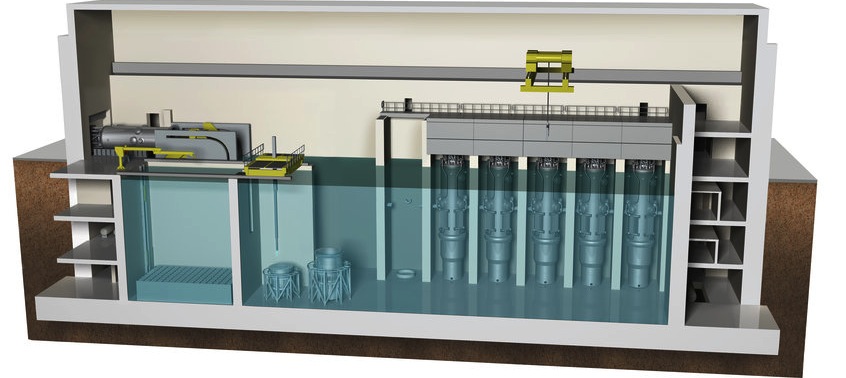
A NuScale facility can contain up to 12 reactors. The design is intended to be scalable, so reactors can be added or subtracted depending on demand (NuScale)
The prize for the first company that can have its design licensed by the US Nuclear Regulatory Commission (NRC) will be to become the only US supplier that is able to provide SMRs to the domestic market. McGough said: "When we look out at 2035 even if we capture a very, very small percentage of the overall market, we will be making between 36 and 52 NuScale power modules a year – it’s tens of billions of dollars for our share of the market."
NuScale is planning to present its design to the NRC next year with a view to obtaining a licence in 2020, after a 39-month review process. All being well, the first module could be delivered to the first customer – Utah Associated Municipal Power Systems – as early as 2023.
McGough said: "It’s a very expensive barrier to cross and because of that, no company is likely to embark on it without an apparent market and some financial support from the country’s government. We won’t go into a hundreds of millions of dollars licensing process without some assurance that there’s a pot of gold at the end of the rainbow. There’s no doubt that it’s still a gamble. If you don’t have a $3bn contract in your hand then you’re gambling. But it’s like in hockey – you’ve got to skate towards where you think the puck is going to be."
NuScale’s advisory board contain 24 US utilities, and one of these, the Utah Associated Municipal Power System Carbon-Free project, is likely to be the first customer to buy an SMR. According to McGough, it will create the slipstream behind which the other projects will follow.Â
"We’re completing the letters of intent as we speak," he said. "We’re doing the siting analysis which will determine the exact location of the plant, We’re developing the licensing application that will allow the plant to be constructed and operated at that location.Â
"If it sounds like a staircase, it is, and with each step comes greater financial commitments. We’re probably on step three or four out of eight to getting the plant fully commercialised."
Main image: The reactors are designed to be transportable to site by truck. NuScale says the cost of the electricity is about half that of big nuclear (NuScale)
Comments
Comments are closed.





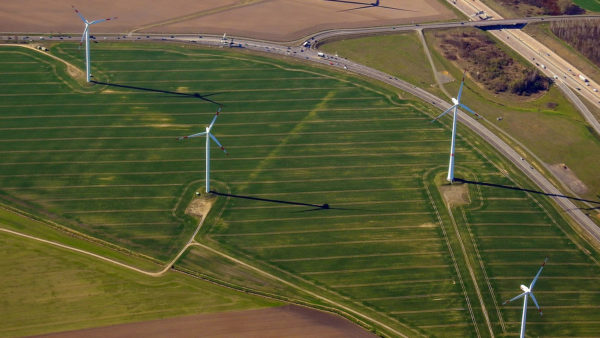
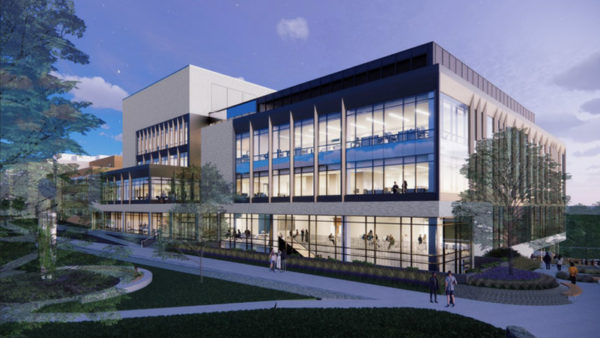
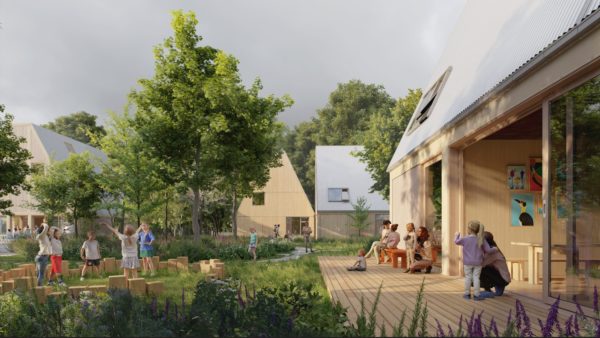
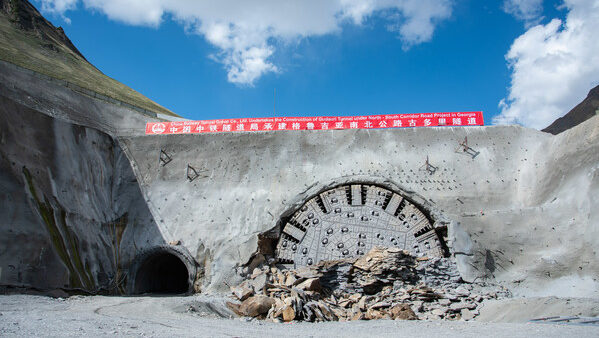


An accurate description of the ‘lay of the terrain ‘ by Mr. Mc.gough. Smr deployments are imminent whether the regressives like it or not and now with co2 levels passing 400ppm plus a steady accumulation of waste fuel rods (which,along with a thorium mix can be a source of fuel for smrs) it’s getting harder to ignore the mini reactors.